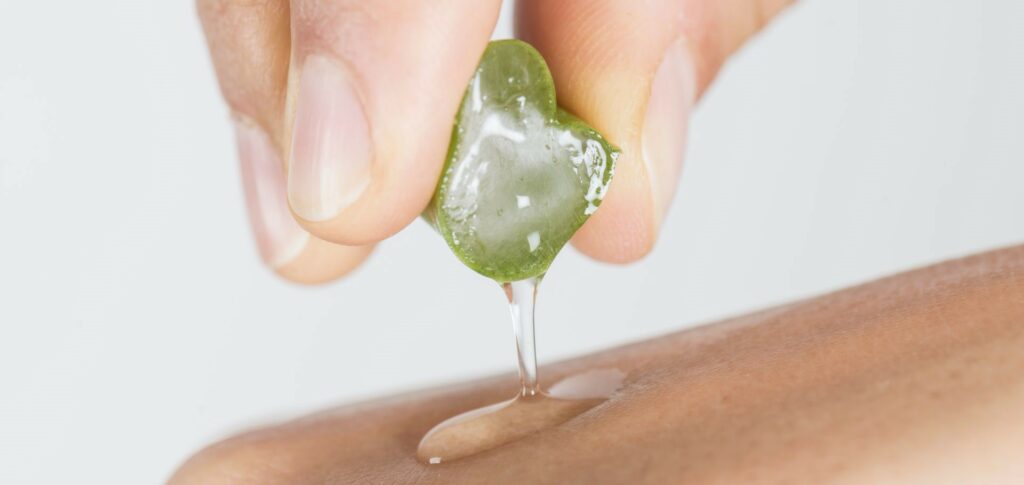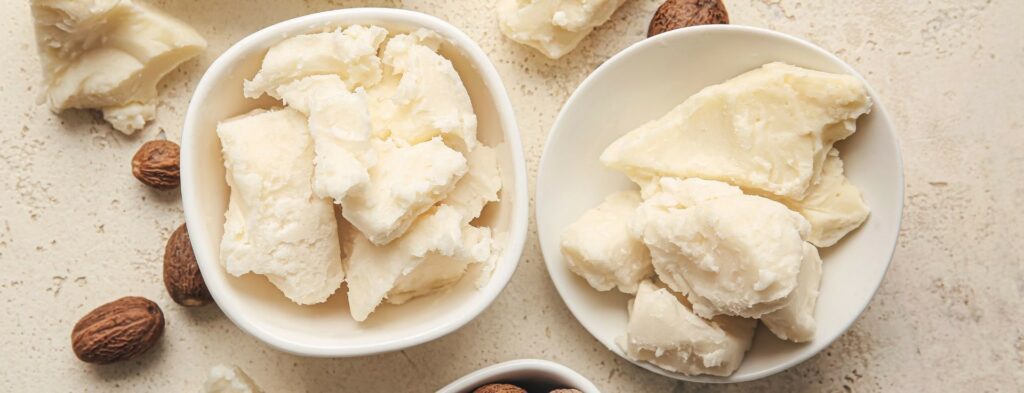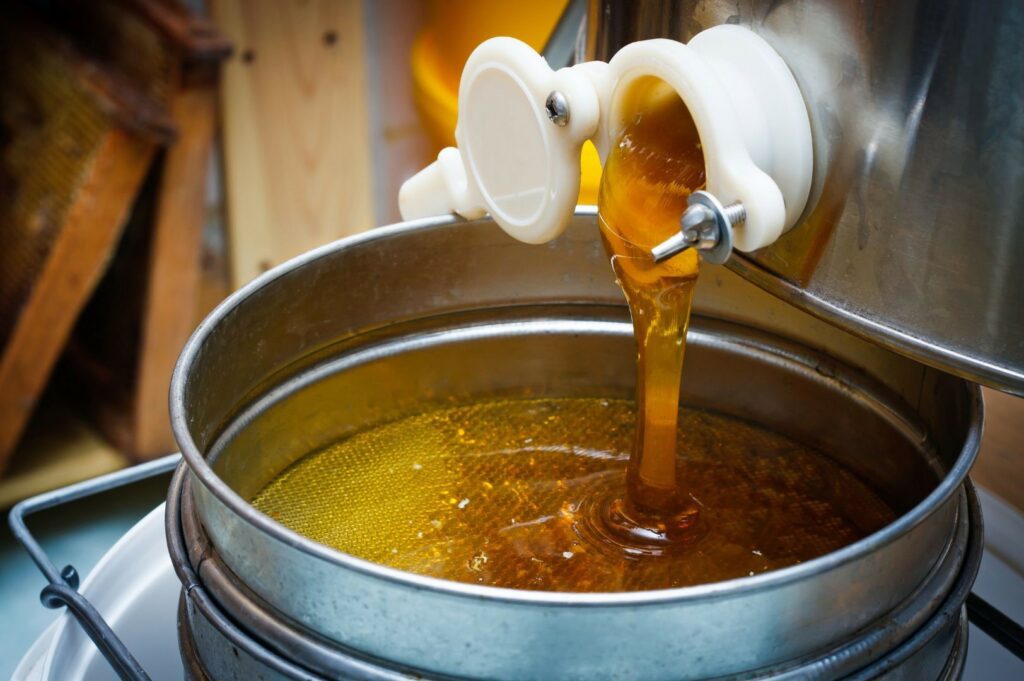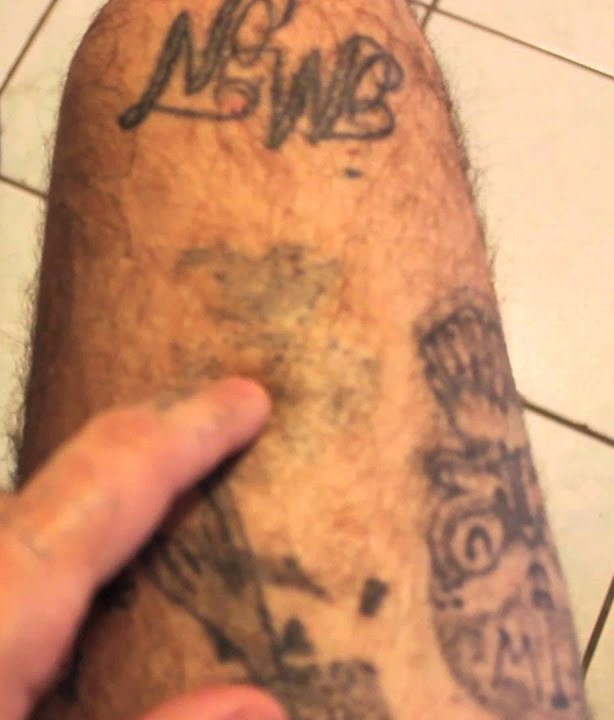Ingredients of Tattoo removal Creams and Topicals
Tattoos are a form of body art that can be a beautiful and meaningful expression for many individuals. However, there may come a time when an individual may feel like they no longer want to keep their tattoo.
This could be due to various reasons such as changes in personal beliefs or desires, changes in relationships, or simply wanting to start fresh. While tattoo removal options such as laser therapy and surgical excision exist, they can be costly and painful.
This is where tattoo removal creams and topicals come into play. These products claim to fade tattoos over time with regular use without causing pain or disrupting daily activities.
However, not all tattoo removal creams are created equal. It’s important to know the ingredients in these products before deciding which one to use.

Brief Overview of Tattoo Removal Creams and Topicals
Tattoo removal creams and topicals are non-invasive alternatives to other methods of tattoo removal such as laser therapy or surgical excision. These products work by targeting the ink particles from the tattoo within the skin layers by breaking them down so that they can be naturally absorbed out of the body over time.
Some tattoo removal creams contain natural ingredients while others contain synthetic chemicals that are designed specifically for fading tattoos. The effectiveness of these products varies depending on factors like skin type, age, size/color/type of tattoo ink used, etc.
Importance of Knowing Ingredients of Tattoo Removal Creams and Topicals
The importance of knowing what ingredients are present in these products cannot be emphasized enough. Not only does it help you choose a product that is safe for your skin type but it also helps you avoid potential allergy-inducing substances.
Some common ingredients used in these products such as hydroquinone have been linked with harmful side effects. Hydroquinone is a skin-bleaching agent that has been known to cause skin irritation, sensitivity, and even permanent scarring in some cases.
Other ingredients like glycolic acid and salicylic acid can be irritating to the skin if used in high concentrations or without proper precautions. Therefore, it is important to read the labels carefully and do your research before deciding which tattoo removal cream or topical to use.
The Risks of Using Tattoo Removal Products with Unknown Ingredients
Using tattoo removal products with unknown or untested ingredients can result in serious skin damage. This is especially true for individuals with sensitive skin types.
Some products may contain harsh chemicals or allergens that can cause rashes, burns, and other forms of skin irritation. Moreover, not all tattoo removal creams are regulated by government agencies like the FDA.
This means that some products may not undergo proper testing for safety before being released into the market. Therefore, it’s important to choose a product from a reputable manufacturer that has been tested for both safety and efficacy.
To summarize
Tattoo removal creams and topicals offer an alternative to traditional methods of tattoo removal. However, choosing the right product comes down to knowing what ingredients are present in these products so as not to harm your skin. Always read the labels carefully and do your research before making a decision as using an unknown product could lead to serious health consequences.
Active Ingredients in Tattoo Removal Creams and Topicals
Tattoo removal creams and topicals are known to contain active ingredients that help break down the ink particles in the skin. Some of the widely used active ingredients include hydroquinone, glycolic acid, and salicylic acid. Here’s a detailed look at each of these ingredients:
Hydroquinone: How it works to fade tattoos
Hydroquinone is a frequently used active ingredient in many tattoo removal creams and topicals. Its primary function is to inhibit melanin production in the skin, gradually fading tattoos over time.
When applied to a tattoo, hydroquinone penetrates deep into the skin layers, where it interacts with melanocytes – cells that produce melanin. The interaction between hydroquinone and melanocytes results in a reduction of melanin levels in the treated area.
This process lightens the tattoo over time until it fades away completely. Hydroquinone works best when combined with other exfoliating agents such as glycolic acid or salicylic acid.
Potential side effects: Hydroquinone may cause mild irritation, redness, itching or dryness on sensitive skin types. It might also result in discoloration or staining if not used correctly.
Glycolic Acid: Exfoliating properties for removing upper layers of skin
Glycolic acid is an alpha-hydroxy acid (AHA) that has exfoliating properties for removing dead skin cells on top of tattoos. Using glycolic acid alongside hydroquinone helps speed up fading by allowing hydroquinone to penetrate deeper into the lower layers of skin where ink particles are present.
Glycolic acid also stimulates collagen production in the affected area, which leads to a more even skin texture and tone. It is important to note that glycolic acid can cause temporary redness, irritation, or peeling if used excessively.
Potential side effects: Glycolic acid can cause mild stinging, redness, or itching on sensitive skin types. Overuse may result in dryness, flaking or peeling of the treated area.
Salicylic Acid: Helps to break down ink particles in the skin
Salicylic acid is a beta-hydroxy acid (BHA) that has anti-inflammatory and exfoliating properties. It works by breaking down the bonds between ink particles and skin cells, making it easier for them to be removed from the body. The use of salicylic acid alongside hydroquinone and glycolic acid increases the effectiveness of tattoo removal creams.
Salicylic acid can help prevent inflammation during the tattoo removal process while minimizing scarring.
Potential side effects: Salicylic acid can cause mild stinging or burning sensations on sensitive skin types.
Overuse may result in dryness or peeling of the treated area. Active ingredients such as hydroquinone, glycolic acid, and salicylic acid are essential components present in most tattoo removal creams and topicals.
They work together to break down ink particles in the skin while providing benefits such as exfoliation and stimulation of collagen production for better-looking skin overall. However, it’s vital to use these products cautiously due to potential side effects that may arise from overuse.
Trichloroacetic Acid (TCA)
TCA has historically been employed as an effective method for tattoo removal, causing a chemical burn that leads to necrosis of the epidermis and dermis, ultimately resulting in the elimination of pigments from the dermis. However, due to the potential risks of scarring associated with this procedure, it is no longer commonly performed. Despite this, some websites continue to sell TCA for tattoo removal, often referencing articles by Hudson and Lechtape-Gruter and Piggot and Norris to support their claims. It is not surprising, therefore, that a case study by Yim et al. documented a 26-year-old man who experienced chemical burns on the dorsum of both hands after using over-the-counter TCA. As a result of the burns, the patient required surgical intervention in the form of tangential excision and split skin grafting.
Other Common Active Ingredients:
Tattoo removal creams and topicals may also contain other active ingredients, such as Kojic Acid, and Vitamin C.
Kojic Acid and Vitamin C contribute to inhibiting melanin production in the skin, supporting the fading of tattoos over time. It is important to recognize that individual responses to these ingredients may vary.
Considerations and Adverse Effects:
While active ingredients can be effective for some individuals, their efficacy may not be universal. It is crucial to follow product instructions carefully and avoid overuse, as excessive application can lead to adverse effects. Skin irritation, allergic reactions, or heightened sensitivity may occur if the products are not used as directed. Seeking guidance from a dermatologist or medical professional before starting any new treatment regimen is strongly advised.
To summarize:
In summary, while understanding the active ingredients in tattoo removal creams is important for product selection, it is crucial to be cautious. Ingredients like hydroquinone, glycolic acid, and salicylic acid work in different ways to fade tattoos gradually. However, it is essential to be aware of potential adverse effects and consult with a healthcare professional for safe and effective use. By considering the active ingredients and following guidelines, individuals can make informed decisions, although successful tattoo removal outcomes are not guaranteed.
Supporting Ingredients in Tattoo Removal Creams and Topicals
Vitamin E Oil: Nourishing the Skin
When it comes to tattoo removal creams and topicals, one ingredient that is often included is vitamin E oil. This ingredient is known for its moisturizing properties and can help soothe the skin after a treatment.
Vitamin E oil works by nourishing the skin, providing it with antioxidants that can help protect against damage caused by free radicals. It also helps to improve the texture of the skin, making it feel softer and smoother.
In addition to its benefits for tattoo removal, vitamin E oil can also have potential benefits for overall skin health. Some studies have suggested that it may help reduce inflammation and improve wound healing.
However, it’s important to note that not all tattoo removal creams and topicals containing vitamin E oil are created equal. Some products may contain lower concentrations of this ingredient or other additives that could potentially cause irritation or allergies in some users.
Aloe Vera Gel: Soothing Relief
Another common supporting ingredient in tattoo removal creams and topicals is aloe vera gel. This natural plant extract has been used for centuries for its cooling properties on the skin, making it an ideal choice for post-treatment relief.

Aloe vera gel works by soothing irritated or inflamed skin, which can be particularly beneficial after a treatment session. It also has moisturizing properties which can help keep the skin hydrated as it heals.
Like vitamin E oil, aloe vera gel has potential benefits for overall skin health as well. Research has suggested that it may have antibacterial properties and could potentially help protect against UV damage from sun exposure.
As with any skincare product, it’s important to patch-test new products on a small area of your skin before applying them more widely. While rare, some people may experience allergies or other reactions to aloe vera gel.
Other Supporting Ingredients

In addition to vitamin E oil and aloe vera gel, there are other supporting ingredients that may be included in tattoo removal creams and topicals. For example, some products may contain jojoba oil or shea butter, which can provide additional moisturizing benefits for the skin.

Other ingredients like chamomile extract or calendula oil may be included for their potential anti-inflammatory properties. Witch hazel extract is another ingredient that may be included for its astringent properties, which can help tighten and tone the skin.
It’s important to note that not all tattoo removal creams and topicals will contain the same supporting ingredients. Before using any product, be sure to carefully read the label and research any unfamiliar ingredients to ensure they are safe for you to use.
The Importance of Staying Moisturized
One of the key takeaways from understanding supporting ingredients in tattoo removal creams and topicals is how important it is to keep your skin moisturized throughout the process. Tattoo removal can be a harsh process on your skin, particularly if you’re using more aggressive treatments like laser therapy. By keeping your skin hydrated with nourishing ingredients like vitamin E oil and aloe vera gel, you’ll help minimize irritation and promote faster healing.
Beyond just improving your overall comfort during treatment sessions, staying properly moisturized can also have long-term benefits for your skin’s health. Whether you’re undergoing tattoo removal or simply looking for ways to improve your skincare routine, incorporating nourishing supporting ingredients should always be top of mind.
Natural Ingredients Used in Tattoo Removal Creams and Topicals
Lemon Juice Extract: The Natural Skin Lightener
While some ingredients in tattoo removal creams work to break down the ink particles in the skin, others work to lighten the pigmentation around the tattoo. Lemon juice extract is a popular natural ingredient used for this purpose. The high levels of Vitamin C in lemon juice have skin-lightening properties that can help fade tattoos over time.
However, it’s important to note that lemon juice extract can also cause potential side effects. The acid in lemon juice can irritate sensitive skin and cause redness or even mild burns if not diluted properly.
Additionally, using too much lemon juice over a prolonged period of time can dry out the skin, leading to further irritation. To avoid these side effects, it’s recommended to use tattoo removal creams that contain a safe and effective amount of lemon juice extract alongside other active ingredients.
Honey Extract: A Natural Antibacterial Agent
Honey extract is another natural ingredient commonly found in tattoo removal creams. While it may not directly remove ink from the skin, it has antibacterial properties that can help prevent infection after treatment.

Honey contains natural hydrogen peroxide which helps destroy bacteria on the surface of the skin. It also has anti-inflammatory properties which reduce swelling and redness caused by tattoo removal treatments.
Beyond its antibacterial and anti-inflammatory benefits, the honey extract has potential benefits for overall skin health as well – including moisturizing and hydrating the skin. While honey extract is generally considered safe for all skin types, individuals with allergies to bees or pollen should exercise caution when using products containing this ingredient.
The Importance of Using Natural Ingredients Safely
It’s worth noting that just because an ingredient is “natural” doesn’t necessarily mean it’s safe for everyone to use. Certain natural ingredients like lemon juice extract, for example, can have potential side effects and should be used with caution. When choosing a tattoo removal cream that contains natural ingredients, it’s important to read the label carefully and follow the instructions for use.
Using too much of an ingredient or leaving a product on the skin for too long can cause irritation or other adverse reactions. Additionally, it’s important to talk to a healthcare provider before using any products containing natural ingredients – especially if you have sensitive skin or a history of allergic reactions.
Do Natural Ingredients Really Work?
While there is some evidence to suggest that certain natural ingredients like lemon juice and honey can help fade tattoos over time, it’s worth noting that these ingredients are unlikely to completely remove a tattoo on their own. Most tattoo removal creams contain multiple active ingredients – both synthetic and natural – that work together to break down ink particles in the skin. While natural ingredients may offer additional benefits like antibacterial properties or skin-lightening effects, they are not the sole means of removing tattoos from the skin.
To summarize
Natural ingredients like lemon juice and honey extract can provide unique benefits when used in tattoo removal creams and topicals. However, it’s important to use these ingredients safely and in conjunction with other active ingredients in order to achieve optimal results.
If you’re considering using a tattoo removal cream containing natural ingredients, be sure to do your research ahead of time. Look for products that have been tested for safety and efficacy, read customer reviews, and talk with your healthcare provider before trying any new treatments on your skin.
Conclusion: Caveats of Tattoo Removal Creams
While tattoo removal creams and topicals offer a non-invasive alternative to laser treatments, it is imperative to approach them with caution. Understanding the ingredients present in these products is crucial due to their potential drawbacks. Active ingredients like hydroquinone, glycolic acid, and salicylic acid possess fading properties, but their use carries inherent risks of side effects.
Though supporting ingredients like vitamin E oil and aloe vera gel claim additional skin benefits, natural extracts such as lemon juice and honey should be approached with care. It is essential to carefully review product labels, seek guidance from a dermatologist or medical professional, and strictly adhere to usage instructions.
However, it is important to acknowledge the limitations of tattoo removal creams. Complete tattoo removal without scarring or discoloration is unlikely. Patience, commitment, and adherence to healthy skin practices, such as regular moisturization and sun protection, are necessary for achieving satisfactory results.
In summary, while knowledge about the ingredients in tattoo removal creams empowers individuals to make informed decisions, the efficacy of these products remains limited. It is essential to weigh the potential risks and benefits to navigate the body modification journey cautiously.
References
Iatrogenic Deep Dermal Wound Due to Chemical Do-It-Yourself Tattoo Removal – PMC (nih.gov)
Tattoo Removal: Options and Results | FDA
Medical Disclaimer:
The information provided on this website regarding tattoo removal techniques is for general informational purposes only. It is not intended to be a substitute for professional medical advice, diagnosis, or treatment. Always seek the advice of a qualified healthcare professional regarding any medical condition or concerns, including tattoo removal.
The content presented on this website should not be interpreted as endorsing or promoting any specific tattoo removal technique, product, or service. The effectiveness, safety, and suitability of tattoo removal methods can vary depending on individual circumstances and factors. Therefore, it is crucial to consult with a medical professional or qualified specialist before making any decisions or embarking on any tattoo removal procedure.
The website does not guarantee the accuracy, completeness, or reliability of the information provided. Reliance on any information from this website is solely at your own risk. The website and its owners, authors, and contributors shall not be held liable for any damages or consequences arising from the use of the information provided.
It is important to note that medical practices and standards may change over time, and the information provided on this website may not always reflect the most up-to-date research or guidelines. Therefore, it is recommended to consult with healthcare professionals or reputable sources for the latest information and advice on tattoo removal techniques.
If you experience any adverse reactions, complications, or concerns during or after a tattoo removal procedure, promptly seek medical attention. Only a qualified healthcare professional can assess your specific situation and provide appropriate advice and treatment.
By using this website, you acknowledge and agree to the above disclaimer, and you understand that the website and its owners, authors, and contributors cannot be held responsible for any decisions or actions taken based on the information provided.


